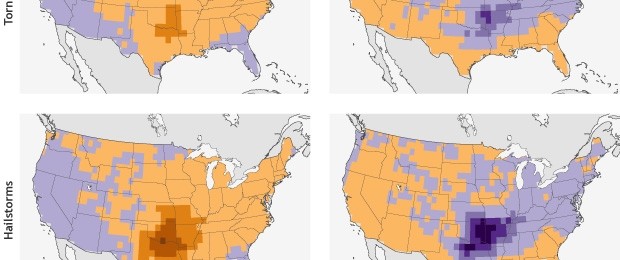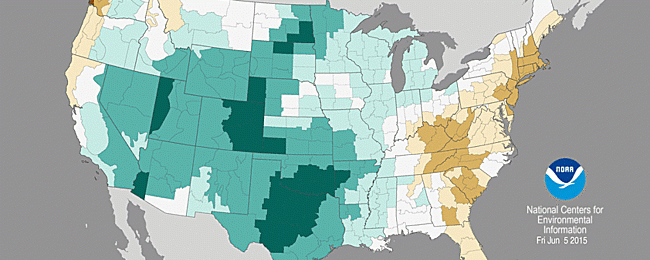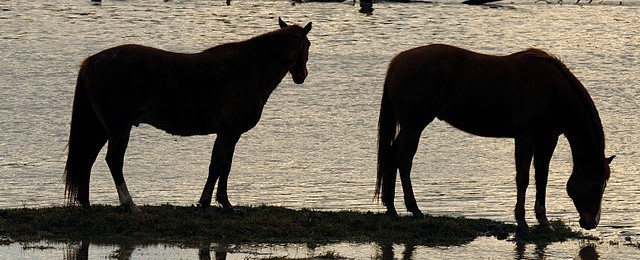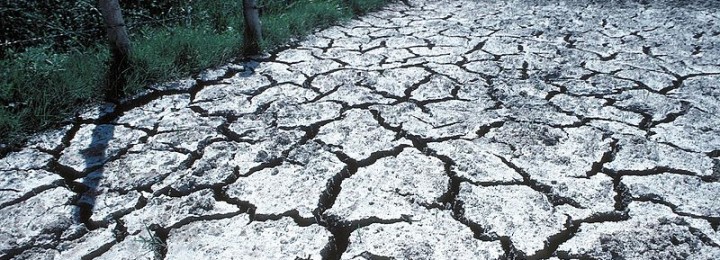Climate and Ag in the news
-

On April 22, 2015, Calbuco Volcano erupted in Chile. I discussed it in my blog here. Now one of the lovely results of this eruption is a series of volcanic sunrises and sunsets in Africa and other Southern Hemisphere locations as the high level aerosol layer reflects sunlight back when the sun is just below…
-

A new study released by NOAA last week shows that in El Nino years, the number of tornadoes and hail storms decreases compared to non-El Nino years. As you might expect, in La Nina years, the opposite of El Nino, severe weather increases in the Southeast. Note the split between the Florida peninsula and more…
-

NOAA released their monthly climate summary for May 2015 this morning. It showed the for the contiguous lower 48 states, May was the wettest month ever, with an average of 4.36 inches, 1.39 inches above the long-term average. This in spite of the continuing drought in the West and dry conditions in the East. You…
-

While we’ve been dry here in the Southeast for the last month, areas farther to the west have seen massive rain and flooding. This has caused a number of problems for livestock producers across the area. This article from AgWeb describes problems in Arkansas with diminished hay and increased disease, including an increase in “hardware…
-

Since today is D-Day, you may be interested in the importance of weather forecasting to the success of the mission. The History Channel has an excellent write-up of why the forecasters were so crucial to picking the best date for the massive invasion here. Another short article on the forecasts is at https://www.alabamawx.com/?p=61139. I camped…
-

Salty soil can be caused by a number of problems, including drought and a lack of rainfall to flush salts out of the soil, salt water intrusion and rising sea levels near the coast, and irrigation from salty aquifers. Over time, the salts build up and make it difficult to grow many types of crops. …
-

The journal Science published an article today which shows an updated historical climatology of global temperatures produced by NOAA. The newly revised temperature timeline shows that unlike previous analyses, the new timeline shows that there has been no substantial slow-down in the rate of temperature increase on the globe. The previous theory about the “hiatus”…